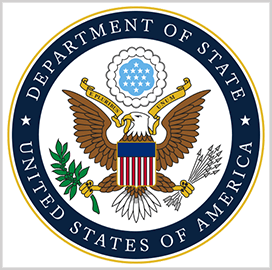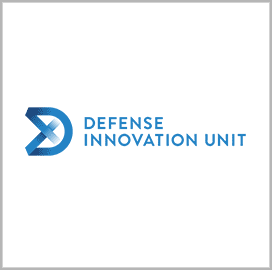The U.S. Army Engineer Research and Development Center has secured approval to commence the four key military construction projects in 2024 to help advance the Department of Defense’s critical technology areas.
ERDC said Tuesday that the projects, totaling $43 million, include the expansion of the permafrost tunnel at the Cold Regions Research and Engineering Laboratory in Fox, Alaska, and the construction of the Projection Penetration Research Facility and Military Pavements Research Facility at the Geotechnical and Structures Laboratory in Vicksburg, Mississippi.
ERDC will also begin the construction of the Coastal and Hydraulics Laboratory’s Watercraft and Ship Simulator for Multi-domain Operations Facility.
Michael Harding, the ERDC master planner, said developing premier facilities is one of ERDC Director David Pittman’s top priorities to accelerate the growth and development of the center’s properties, programs and workforce.
“Our facility requirements are formed by the future programs and needs of our customers,” Harding said. “While much of our research is specialized, we aim to modernize our facilities to have the flexibility to address emerging requirements.”













